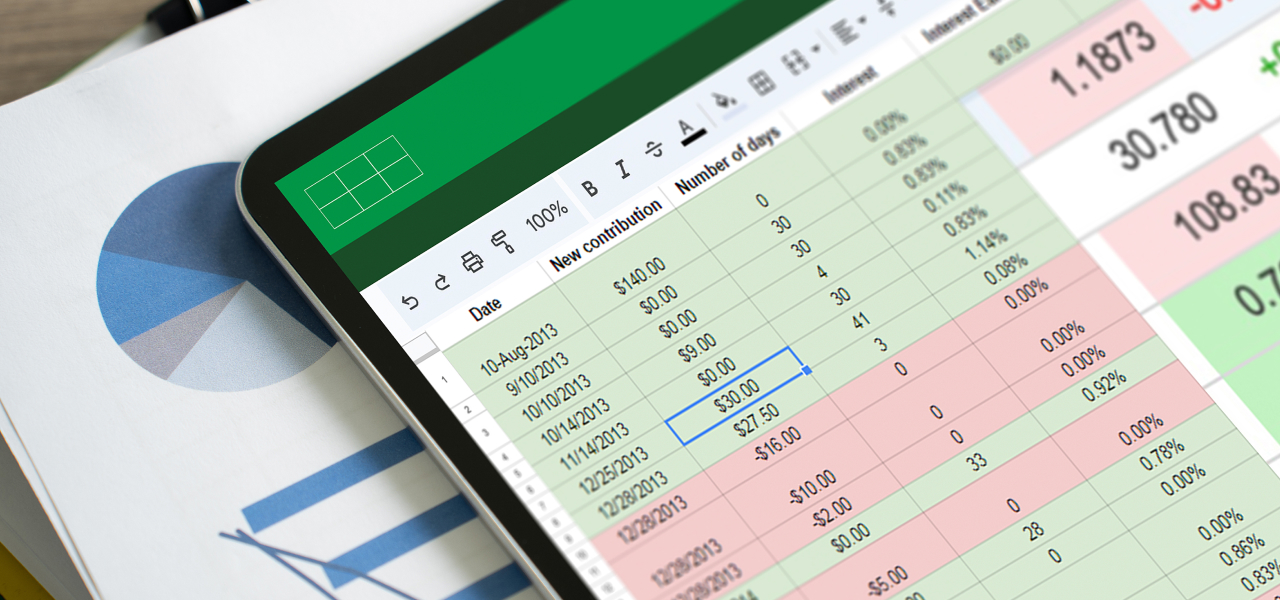The hedge fund sector finds itself at a critical juncture. Experiencing significant expansion, the industry now faces heightened competition, with a growing proportion of new investments originating from funds of hedge funds and institutional investors. Moreover, regulatory scrutiny has increased.
However, information on the actual risk management strategies employed by hedge fund advisers remains scarce. What are the current risk management practices among these advisers, and how do they align with industry best practices? Investors should be mindful of potential concerns, while hedge fund advisers can take proactive measures to better address and anticipate market expectations.
Best Practices for Hedge Fund Risk Management
A recent study indicates that risk management is increasingly becoming a priority for hedge fund managers in their business operations. Various factors contribute to this shift, but the primary motivation is evident – investing in other ventures always carries inherent uncertainty, making hedge funds a naturally risky enterprise.
Nonetheless, hedge fund managers must embrace risk as it is crucial for optimizing returns. In the United States, risk is frequently regarded as unfavorable, and a risky investment is often seen as one to avoid. However, hedge fund risk management strategies should not be based on this misconception, or managers risk overlooking valuable opportunities.
The whitepaper outlines five steps for hedge fund managers to develop a risk management framework that allows them to take advantage of opportunities while avoiding expensive errors:
- Identify all material risks to which portfolios might be exposed.
- Measure key risk categories, such as market and operational risk, leverage, and liquidity risk.
- Set up regular risk monitoring practices, considering the fund’s size, portfolio management processes, and investment strategy complexity.
- Implement policies and procedures that establish measurement and monitoring criteria.
- Deploy skilled personnel to identify and manage risk, as defined by the established policies and procedures.
Risk management is vital for hedge funds, but it’s also important that managers do not view risks solely as threats. By implementing risk management strategies that assess both threats and opportunities, hedge funds can better capitalize on their investments and achieve higher ROI.
Challenges to Hedge Fund Risk Management
Red flags can indicate a hedge fund adviser is not adhering to risk management best practices within the industry. These red flags include trading limits, stress testing, liquidity analysis, back testing, and comprehension of leverage, among others. Hedge fund advisers who exhibit one or more of these red flags should assess whether their risk management approach is suitable for the risks they undertake. Hedge fund investors must be vigilant about these red flags and conduct additional due diligence as necessary.

Key Risk Management Strategies for Hedge Fund Investors
Risk is an inherent aspect of life, including investment. Managing risk is essential – while some individuals actively work to mitigate potential risks, others rely on luck.
The same principle applies to hedge fund investment. When investing in a fund, some investors prioritize returns, aiming to grow their money quickly. Others protect themselves against potential bear markets or corrections by employing various risk management strategies.
Portfolio Diversification: As the saying goes, “don’t put all your eggs in one basket.” Allocating funds across different asset classes can help prevent disaster. In the equity market, for instance, some portfolios are heavily invested in small and mid-cap stocks. By examining and adjusting your portfolio’s allocation, you can ensure diversification.
Reducing Portfolio Volatility: Holding a small percentage of cash and cash equivalents can decrease portfolio volatility. This approach helps prevent losses, ensuring you don’t have to sell investments at a loss when cash is needed.
Determining how much cash or liquid funds to keep depends on your financial goals and timelines. Be cautious not to hold too much cash in a savings account, as inflation can quickly erode its value.
Make Investing a Habit: Consistently investing in the stock market can also reduce risk. Investing requires discipline, patience, and long-term focus. Regularly investing varying amounts in different financial instruments ensures you purchase stocks at various market levels, averaging out costs and minimizing portfolio risk over time.
Know Your Risk Profile: Risk is subjective, and investors can generally be categorized as conservative, moderate, or aggressive. However, these classifications may vary depending on individual circumstances. Understanding your detailed risk profile is crucial for making appropriate investments. Jarvis Invest helps investors tailor their investments to their specific risk profiles.
Create a Maximum Loss Plan: This method allows for cautious asset allocation management. A maximum loss plan prevents poor decisions based on market anxiety, providing some control over the maximum drawdown – a measure of decline from an asset’s peak value to its lowest point over time. This plan is unique to each individual and indirectly related to their risk profile.
Conclusion
In conclusion, the hedge fund industry stands at a critical juncture, marked by swift expansion, heightened competition, and growing regulatory scrutiny. Hedge fund advisers must emphasize risk management practices to seize opportunities and avert expensive errors. Investors should also stay alert and utilize various risk management approaches to safeguard their investments. By comprehending their risk profile and employing methods like portfolio diversification, volatility reduction, steady investing, and the creation of a maximum loss plan, investors can adeptly traverse the intricate landscape of hedge funds. As the sector evolves, comprehensive knowledge and application of effective risk management practices become essential for the prosperity of both hedge fund managers and investors.







